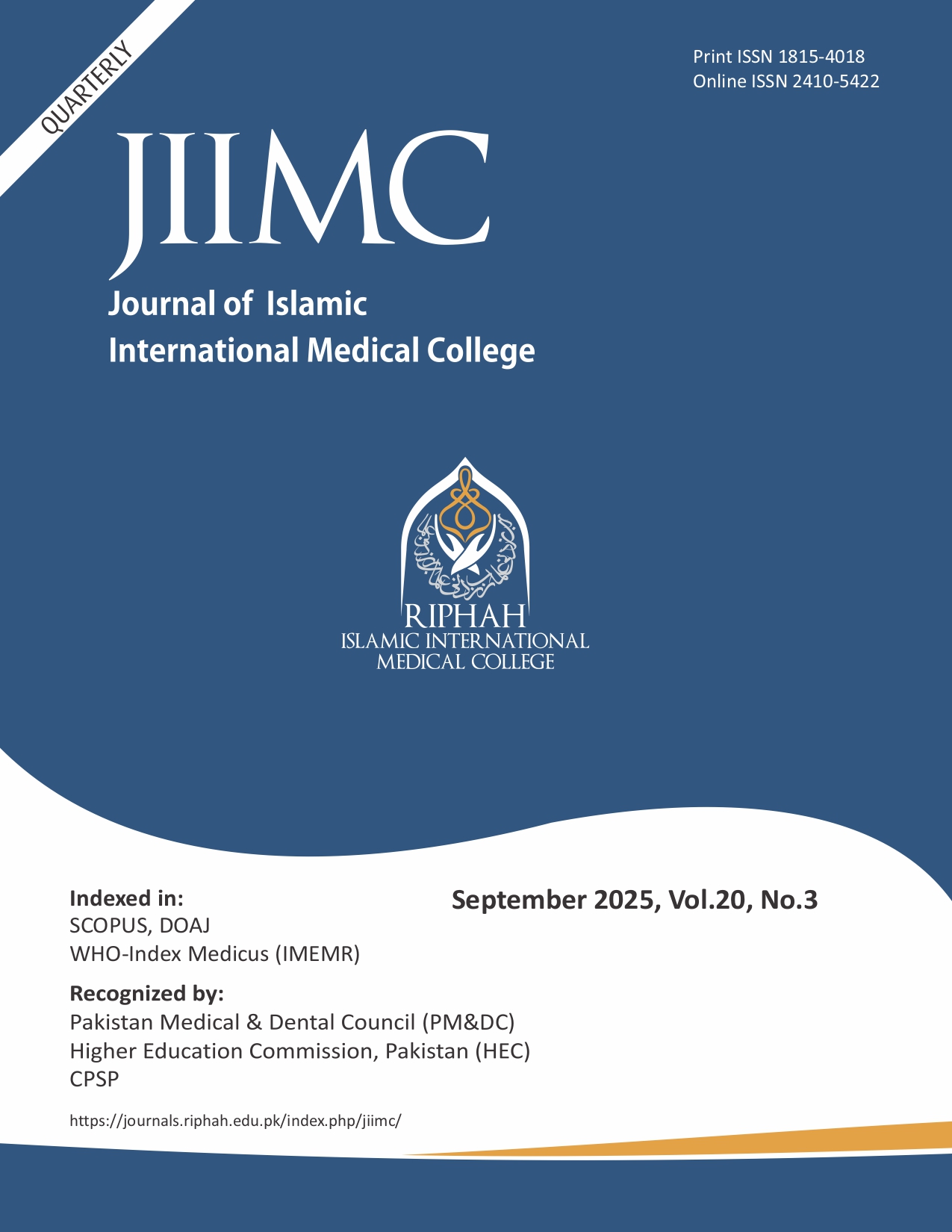Antimicrobial Efficacy of Commercial Dentifrices Containing Triclosan, Chlorhexidine, and Herbal Extracts Against Caries-Associated Pathogens
Keywords:
Chlorhexidine, Dentifrice, Herbal, Lactobacillus Casei, Streptococcus Mutans, Triclosan.Abstract
Objective: To evaluate the antimicrobial potential of four commercial dentifrices against caries-associated microbes and to compare the effectiveness of active ingredients within these dentifrices in preventing the onset and progression of dental caries.
Study Design: In vitro Experimental Study
Place and Duration of Study: Army Medical College from 20th January 2023 to 18th August 2023.
Materials and Methods: The study was performed to compare the antimicrobial potential of four commercial dentifrices against microbes responsible for causing Dental Caries i.e. Streptococcus mutans (ATCC 25175) and Lactobacillus casei (ATCC 393) using agar well diffusion assay. Incubations of S. mutans were accomplished in aerobic and anaerobic conditions, whereas L.casei was incubated in microaerophilic and anaerobic environments. After incubation, the zones of inhibition (ZOI) around the tested dilutions were measured and the mean values of ZOI ± SD were calculated. The plate with no visible growth was considered as MIC. The independent t-test was applied to compare the effectiveness of dentifrice against cariogenic microbes. Inter-group comparisons between dentifrices were conducted through
one-way analysis of variance (ANOVA) with significant differences further evaluated by Tukey HSD tests. A pvalue of ≤ 0.05 was considered statistically significant.
Results: Each dentifrice exhibited antibacterial activity against S. mutans and L. casei. Chlorhexidine was the most effective agent against both S. mutans and L. casei, while herbal dentifrices exhibited the least efficacy. In addition, for each formulation, S. mutans showed significantly higher susceptibility.
Conclusion: All four dentifrices showed antimicrobial effectiveness against key cariogenic
pathogens. Chlorhexidine emerged as the most potent in preventing both the initiation and advancement of dental caries due to its strong antibacterial efficacy against S. mutans and L. casei.


